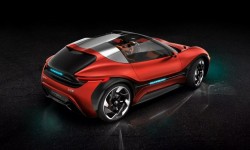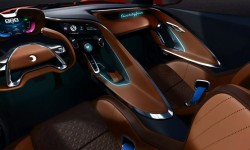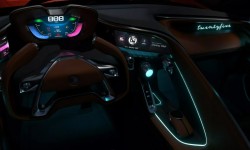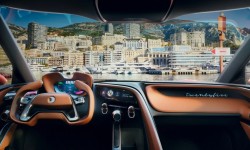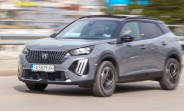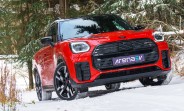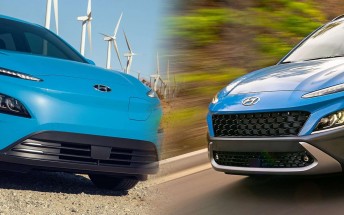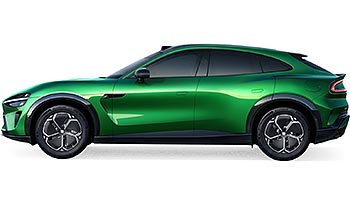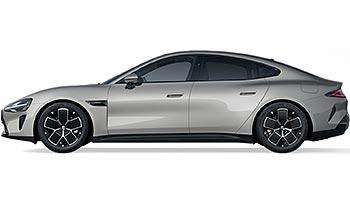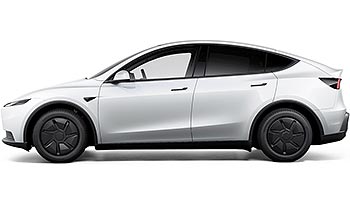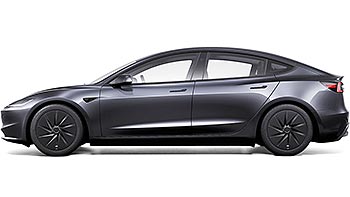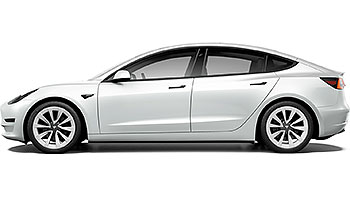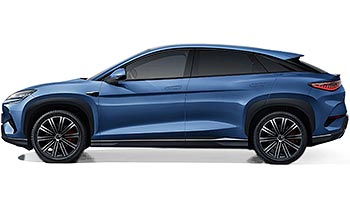NanoFlowcell launches QUANTiNO Twentyfive - an EV without battery

It has been seven years since NanoFlowcell unveiled the production-ready QUANTiNO, which was originally presented as a concept at the Geneva Motor Show in 2015. There has been little news or updates from the company in the following years. However, it appears that NanoFlowcell has recently decided to expand its operations to the United States, possibly due to the Inflation Reduction Act passed by Vice President Joe Biden's administration.
NanoFlowcell has developed a unique type of electric vehicle that does not use traditional battery packs. These vehicles utilize a process called bi-ION, which generates electricity through the interaction of a positively charged electrolyte and a negatively charged anolyte within an ion-selective membrane.

In a press release, the London-based company NanoFlowcell announced its intention to begin mass-producing its QUANT E-model electric vehicles and to build a large-scale bi-ION production facility to provide transportable renewable energy for powering its various applications. This announcement was made in conjunction with the company's plans to enter the United States market.
Nunzio La Vecchia, CEO of NanoFlowcell, stated in the press release that "the United States has made the largest investment in clean energy in United States history" with the Inflation Reduction Act. He added that "the potential implications for renewable energy are far-reaching" and that NanoFlowcell will not seek government investments for expanding its manufacturing facilities and infrastructure in the United States.
Instead, the company plans to enter into strategic partnerships to build and expand manufacturing and infrastructure, and to incorporate NanoFlowcell technologies into various sectors of the economy.
To celebrate its expansion into the United States and its 25th anniversary, NanoFlowcell unveiled a special edition of the QUANTiNO called the twentyfive. This 2+2 vehicle has a removable roof and is powered by electric motors at each wheel, providing a total output of 320 horsepower.
According to the manufacturer, one tank of the bi-ION electrolyte solution used by the vehicle can allow it to travel up to 2,000 kilometers (1,242 miles) on a single fill. The solution is stored in two tanks with a capacity of 125 liters (33 gallons) each. To refuel the vehicle, a specialized fueling infrastructure using NanoFlowcell's bi-ION solution will need to be established.
It’s an interesting take on an electric car. No need for a battery and no need for a gasoline-powered range extender. Simply - a chemical reaction provides all the electricity needed to power the car. This idea would keep the petroleum companies in the business, we’d still have to visit the gas stations to fill up our cars. There is no combustion of any kind so there’s no emissions associated with it either.
Is it better than hydrogen fuel cell? The electrolytes are apparently harmless and non-flammable which is a big plus.But logging about 250 liters of liquid for a 1,242 miles of range works out at 18.8 mpg which isn’t really that impressive if we were to straight compare it to gasoline use in an equivalent car. We need to remember, though, that there are no emissions.
Reader comments
- Ron Becker
What happens to the 250 l of combined liquids after it makes the electricity? Is it just dumped on the highway or what? Flow cells have been around since 1884. These people have been messing around with this for 25 years., and all they have to show f...
- 03 Jan 2023
- s7H
- Nick ame
What is the catch?????? A d what is the final 250l product per recharge?
- 29 Dec 2022
- S7x
- doubter
the more I read up on the company and their products, the more I believe this is one of those things that's too good to be true. I sure hope I'm wrong though!
- 28 Dec 2022
- 3%}

